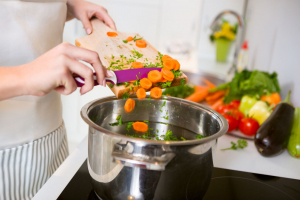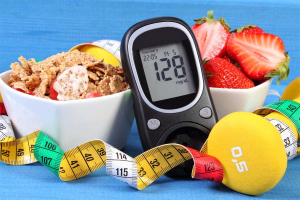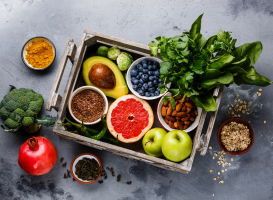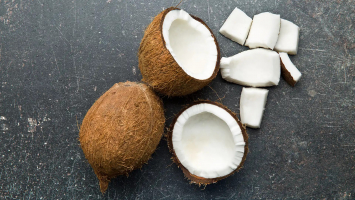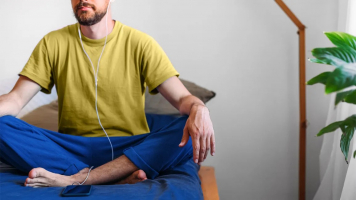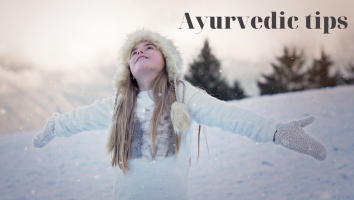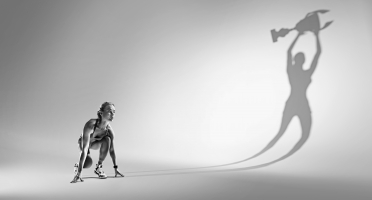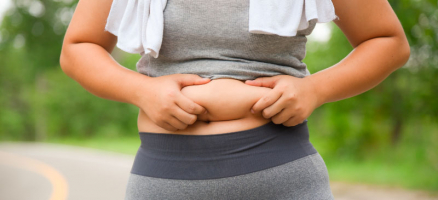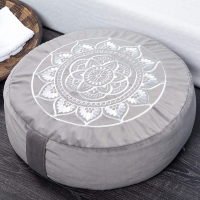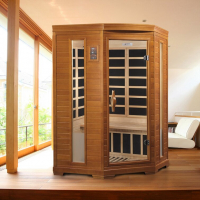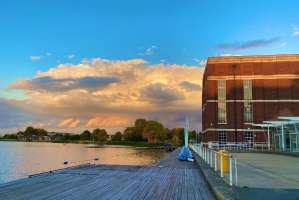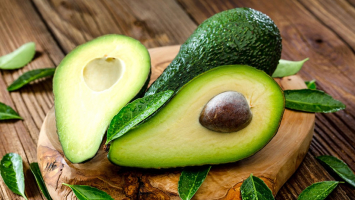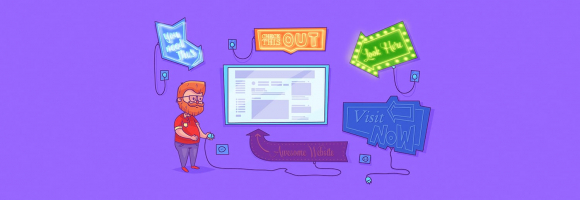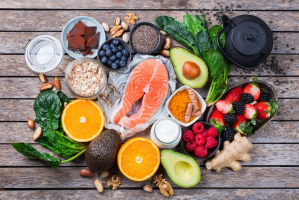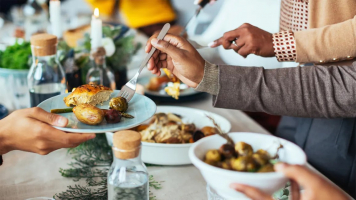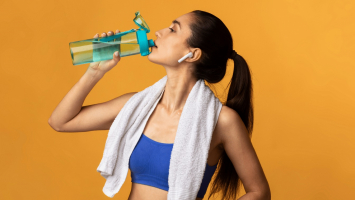Top 5 Simple Tips to Help You Keep Cool During a Heat Wave
Cities in the Southwest and the Central United States always experience excessive heat every summer. According to the World Health Organization (WHO), between ... read more...2000 and 2016, an additional 125 million people were exposed to heatwaves. Consider the following tips to be safe and cool as you prepare yourself for possible excessive temperatures.
-
Water may help you stay cool in more ways besides just drinking it. The neck, the armpits, and the groin area are the four main body areas where significant blood vessels are located near the skin's surface.
You can immediately chill down by using an ice pack or a cold, wet cloth in such areas. Emergency room doctors do this to treat heatstroke victims. On the back of your neck, even room temperature water is preferable to nothing. According to one 2015 research, applying cold packs on the cheeks, palms, and soles of the feet is also effective because these areas have blood vessels that don't contract when cold packs are used. Adding cold water to your hands and feet can help you cool off since their high surface area to volume ratio makes them more susceptible to heat loss.
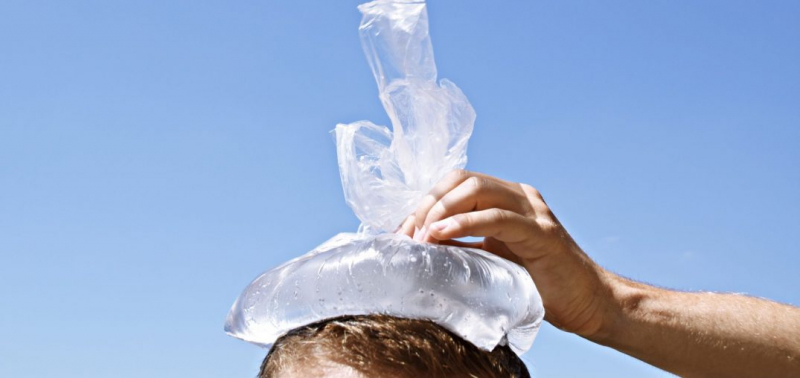
Be clever with water 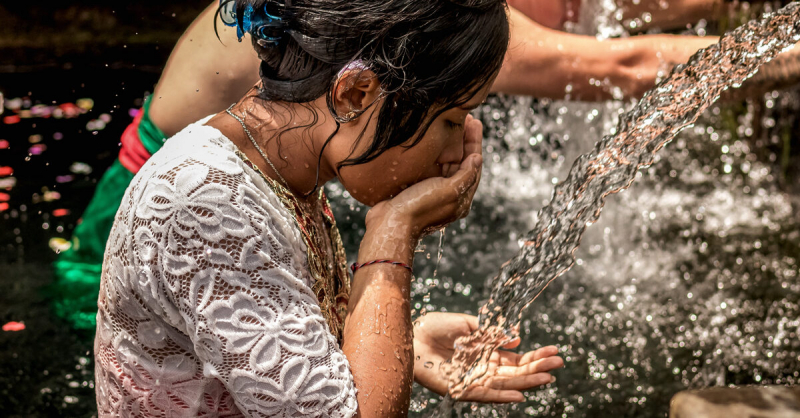
Be clever with water -
As your body works to digest and metabolize your food, eating can raise your core temperature. The more calories you eat, the hotter your body will get.
Think again if you're thinking that ice cream would be your preferred cold food. Unfortunately, while your body works to absorb the calories, consuming this frozen treat may actually make you hotter. So try to eat light—salads will keep you cool and you won't have to slave over a hot stove to cook them. Cucumber, lettuce, and tomatoes are examples of foods that frequently appear in salads and have high water content. These foods both help you hydrate and replenish your electrolytes. Interestingly, spicy foods and hot beverages both help to chill off. This is due to the fact that spicy foods activate skin thermoreceptors, which normally respond to heat. This results in the typical cooling effects of vasodilation, flushing, and sweating.
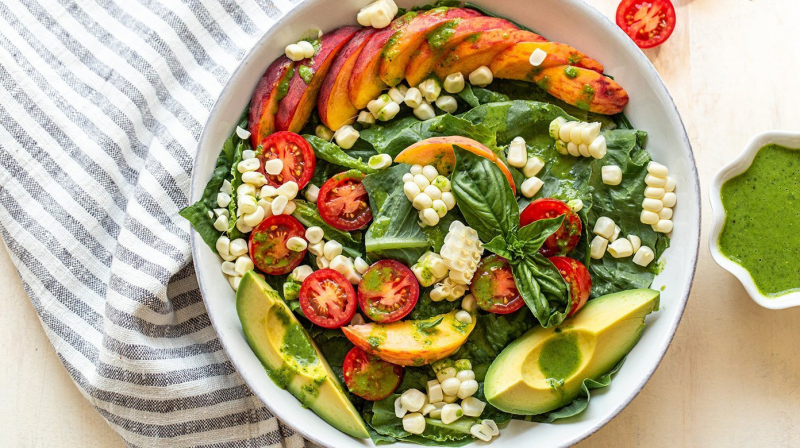
Eat wisely 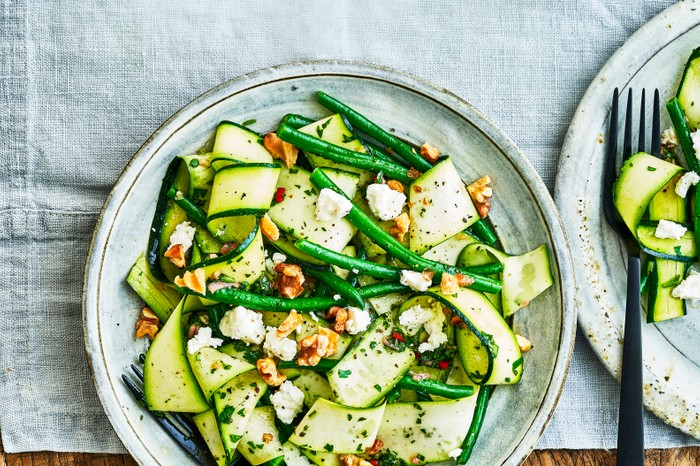
Eat wisely -
If you intend to spend some time outside, make sure there is a shaded area nearby, such as a covered picnic area or some trees. The best strategy is to schedule regular trips inside buildings with air conditioning.
Keep in mind that a physical structure is not necessary for shade. A hat on your head or an umbrella in your hand both offer temporary shade for the user. Dark colors can warm you up, therefore wearing light colors instead of dark ones will help you stay cooler. Dark colors are ideal for the winter because they allow the sun to reach you and keep you warm. The situation is reversed in the summer. But bear in mind that if your goal is to wear clothing that protects your skin from harmful UV radiation, darker colors do a better job than lighter ones at blocking dangerous UV rays from reaching your skin.
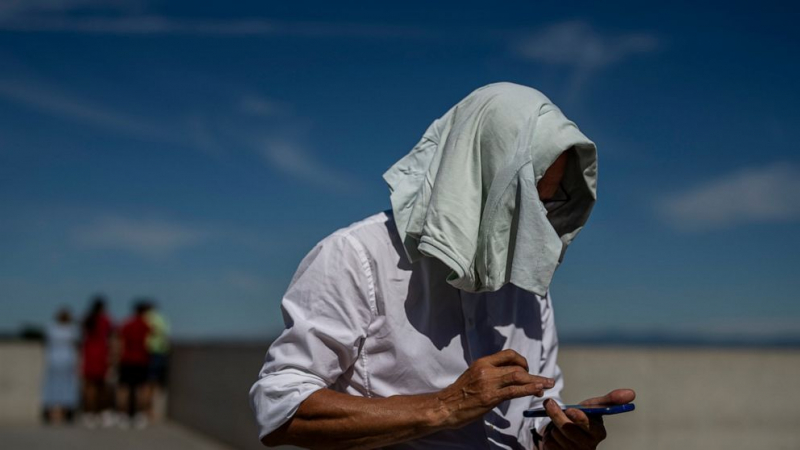
Seek out shade and protection 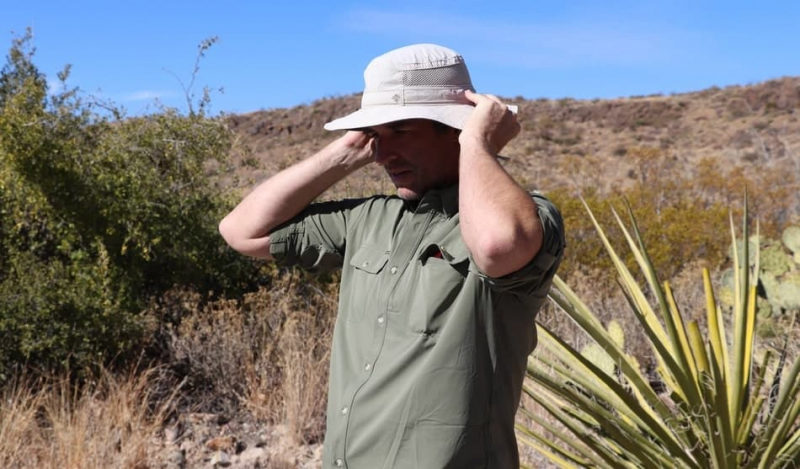
Seek out shade and protection -
The body maintains a normal temperature by staying hydrated, and as you sweat a lot, drinking water replaces the fluids you lose while cooling your body from the inside out. Electrolyte-containing beverages, in addition to water, can help prevent dehydration.
You should stay away from alcoholic and caffeinated beverages in the heat since they dehydrate the body. Alcohol is problematic because it inhibits your ability to sense how hot you are and hastens the process of becoming dehydrated. The following suggestions from the Centers for Disease Control and Prevention might help you make sure you drink water:
- Keep a water bottle with you at all times.
- Freeze a freezer-safe water bottle and carry it with you.
- Add lime or lemon to your water to improve the taste.
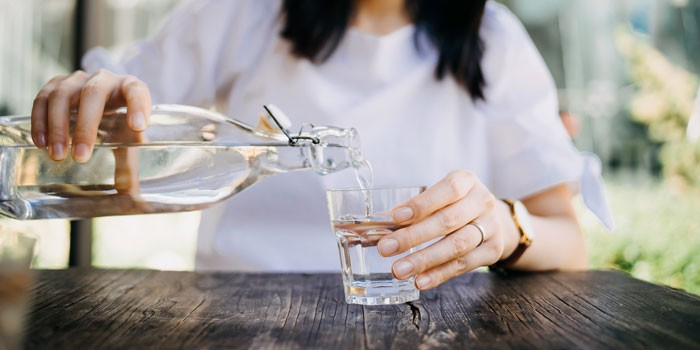
Stay hydrated 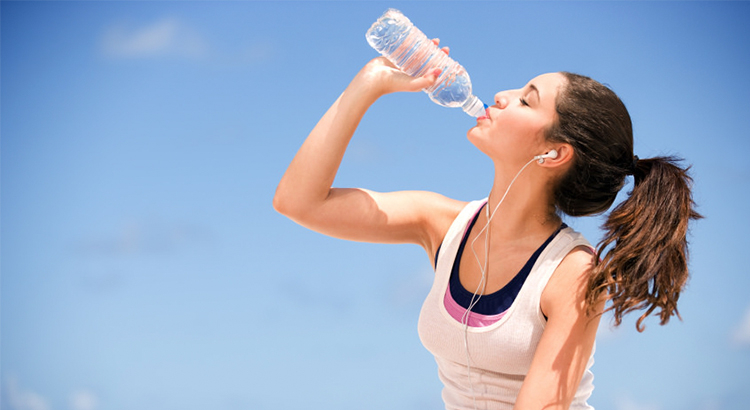
Stay hydrated -
It is advised to drink water before, during, and after physical activity if you're going to be trekking or playing a sport in the heat. Water is the best beverage for activities that last less than an hour. After an hour, replenishing lost glucose and electrolytes can be done by consuming drinks that include both sodium and carbohydrates.
Make sure to take regular breaks and have cooling supplies like ice cloths on hand. Additionally, avoid the sun between 10 a.m. to 4 p.m. and restrict your exposure. Apply sunscreen again and dress appropriately with a hat, sunglasses, and suitable clothes if you must be outside during those hours to avoid sun exposure.
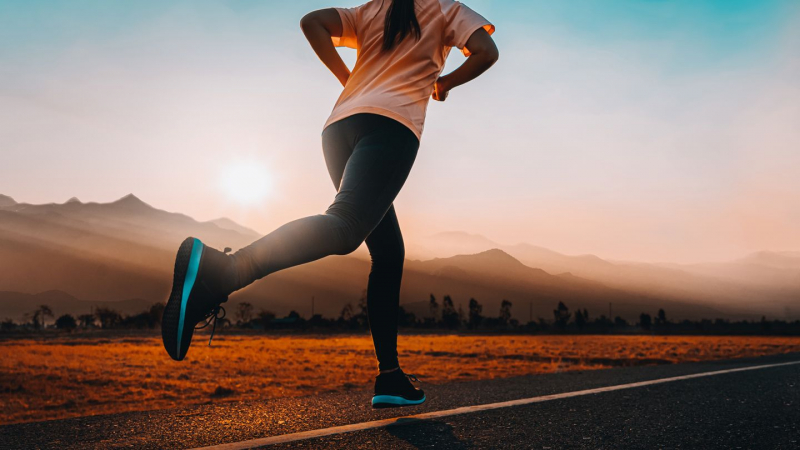
Exercise with caution 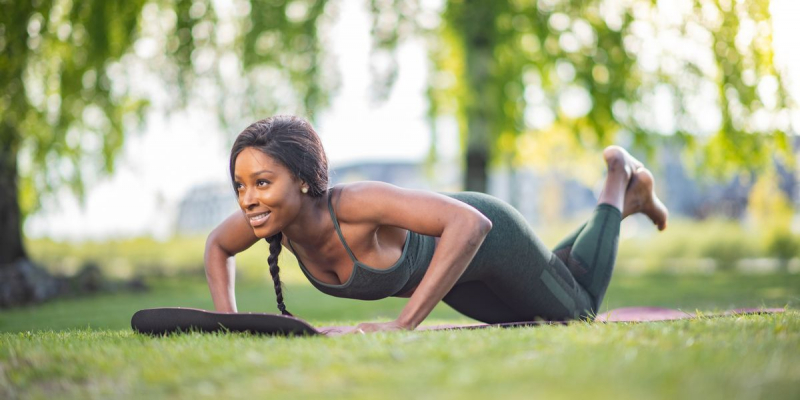
Exercise with caution









